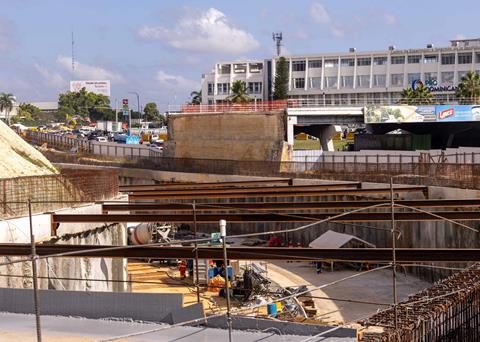The pension reform of Gustavo Petro It is about to come out of the oven and, according to the Ministry of Labor, it will arrive before Congress on March 16. On February 28, at the ‘Lupa a las pensiones’ seminar, organized by Anif, Fedesarrollo and the Center for Economic Development Studies of the U. de los Andesa series of recommendations were addressed to improve coverage for old age in the country, framed in the fiscal possibilities that Colombia has.
From the Universidad de los Andes, Oscar Becerra Camargo, a professor at the Faculty of Economics, assured that the pension reform is necessary. Well, the country has low coverage in which only one in four older people have access to a contributory pension system and only one in four receives a subsidy from the Colombia Mayor program, which is equivalent to $80,000 per month.
(Further: ‘It is necessary for there to be only one pension system in Colombia’)
But Becerra also warned that public spending on pensions is very high compared to other countries, about 3.5% of GDP. “The problem is that it is spent inefficiently, 2.3 points go to special regimes. We are focusing spending on the least vulnerable people”, he explained.
(You may be interested in: Set daily limit of working hours, the recommendation to Colombia).
The academic stated that a pension reform must have four policy objectives: coverage, equity, sustainability and efficiency.
Likewise, he emphasized some concerns generated by the current government proposal, such as where the resources will come from to finance the solidarity pillar, with which the Executive expects to cover nearly three million older adults without coverage with half the minimum wage, and what impact it will have on the capital markets.
(Also read: Challenges and risks of the Petro government, according to five ex-Minhaciendas).
The president of Anif, Mauricio Santamaría, also questioned the spending in the system and that the requirements of the pension system are not consistent with the reality of the labor market. “We must encourage savings and include those who have been excluded from the pension system“, said.
Finally, the CEO of Fedesarrollo, Luis Fernando Mejiaassured that the system not only has low coverage (25%), but is also highly regressive.
In addition, he presented a pension reform proposal with four pillars and, although he acknowledged that “there is no way to carry out a pension reform without a fiscal cost for the country”, a more efficient cost should be sought than the one proposed by the President.
(We recommend: Colombians abroad will be able to contribute to a pension: this is the process).
Mejía suggested adjustments to the government’s proposal, such as reducing the amount of the universal pillar transfer, reducing the threshold that separates the average premium regime (RPM) from the individual savings regime (RAIS), such as, for example, lowering it from 4 minimum wages to 1.5.
The director of Fedesarrollo also proposed modifying the calculation of the settlement base income so that it does not consider the average of the last 10 years of working life, but that of the entire working life and create incentives for late retirement, which can be done with higher replacement rates as the retirement age increases.
LAURA LUCIA BECERRA ELEJALDE
Journalist Portfolio

















